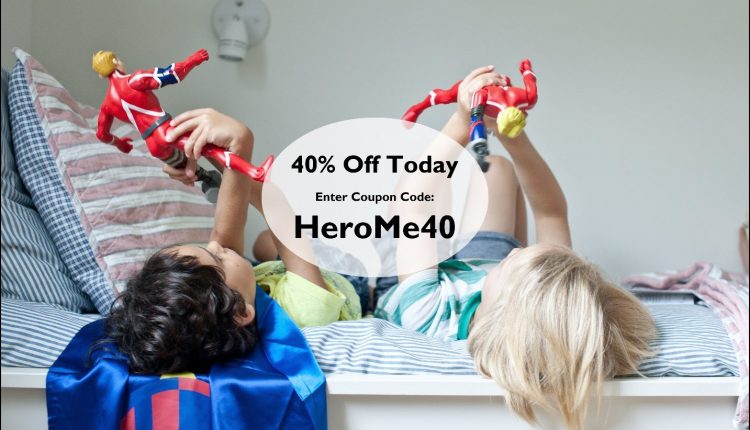Black Friday. Cyber Monday. At the end of the year, holiday marketing related press releases are flying fast and furiously across my desk (by which I mean, inbox).
But one branded marketing day had my special attention this year — Giving Tuesday — because of the copywriting contest we’re now running with a nonprofit organization, Consumer Reports.
For the uninitiated, Giving Tuesday is the Tuesday after Thanksgiving, a promo/hashtag/branded day/whatever that started in 2012 as a backlash against the commercialization and consumerism of Black Friday and Cyber Monday.
And Giving Tuesday raises an essential question that marketers can leverage year-round …
Does cause marketing provide a more effective incentive than offering discounts?
If you’re familiar with the MECLABS Conversion Sequence, a heuristic patented by MarketingExperiments’ parent company MECLABS Institute, the “I” stands for “incentive (additional) to take action” and is a positive element that, when used just right, can give that little extra nudge that tips the cost/value calculation the customer is making in their mind to the value side, thus ensuring a conversion.
The problem is, many marketers abuse incentives. And they become a margin killer.
But with cause marketing, you’re not devaluing your product with a discount. In fact, if anything, you’re adding a little extra shine to your brand. And, hey, we’re all humans too and not just marketers — with cause marketing, you’re doing a little good in the world.
But would customers want to help others more than keeping a little extra money in their pockets?
HeroMe, a manufacturer of customizable superhero toys for children, ran both Cyber Monday and Giving Tuesday promotions.
Cyber Monday promotion
For Cyber Monday, HeroMe offered a 40% off incentive. Here is the primary landing page image that was used.
Giving Tuesday
The incentive used for Giving Tuesday was a “Buy One, Give One” promotion. For each purchase of one custom superhero on the company’s website, HeroMe pledged to donate one custom superhero to children at Wolfson Children’s Hospital in its hometown of Jacksonville, FL. Here is the primary landing page image that was used.
And here is the email promotion that was sent:
Subject Line: Giving Tuesday with HeroMe
Cause marketing incentive generated less traffic but more conversions than price discount
The Cyber Monday 40% off incentive drove 43% more website views, however the “Buy One, Give One” incentive generated three times more conversions.
“The conversions were on average larger ones, too,” Josh Bryan, Founder and CEO, HeroMe, said. “Our revenue — adjusted to account for the one-for-one donation to Wolfson — was seven times greater on Giving Tuesday than on Cyber Monday.”
Validity threats
We share many scientifically rigorous experiments from MECLABS Institute on the MarketingExperiments blog — but this is not one. However, the results were interesting enough that I thought you might want to know about them to help inform your own experiments.
But first, a word of caution. Extraneous factors may have skewed the results. For example, the Giving Tuesday incentive was promoted with an email while the Cyber Monday incentive was promoted with paid search ads.
“I want to caution you, we are still a very small company and our data may be skewed due to our local press here in Jacksonville,” Josh added.
But, much like the discovery of penicillin, there is value in looking back at efforts we’ve run that weren’t controlled experiments to see what we can learn from them. In this case, the lesson is …
Perhaps you should experiment with cause marketing incentives for your brand
If you’re looking to incentivize, cause marketing can be less detrimental to your pricing power than discounts or free shipping, either of which could result in your customers becoming conditioned to a new, lower price anchor for your products.
If you experiment with cause marketing, make sure there is a sensible tie-in to your brand and you are truly supporting the cause in a meaningful way, or else the backlash could be worse than the benefit (see:greenwashing).
In HeroMe’s case, the cause-based incentive was a natural fit. “We have received great feedback from parents and kids about how HeroMes have helped kids through difficult times. Whether it’s with chemo therapy, surgery or constant visits to the hospital for a chronic disease, the HeroMe helps the child cope with and communicate what they are facing. Giving Tuesday was a great way to bring our customers’ attention to this unique benefit,” Josh said.
You can follow Daniel Burstein, Director of Editorial Content, MECLABS Institute, @DanielBurstein.
You might also like
Calling All Writers and Marketers: Write the most effective copy for this Consumer Reports email and win a MarketingSherpa Summit package (Deadline: January 17, 2016)
How One B2C Leveraged Social Good to Increase Ecommerce Sales [From the MarketingSherpa blog]
Green Marketing: How to tap into a $3.5 trillion market [From the MarketingSherpa blog]
Ecommerce: 6 takeaways from a 42-day analysis of major retailers’ holiday marketing






